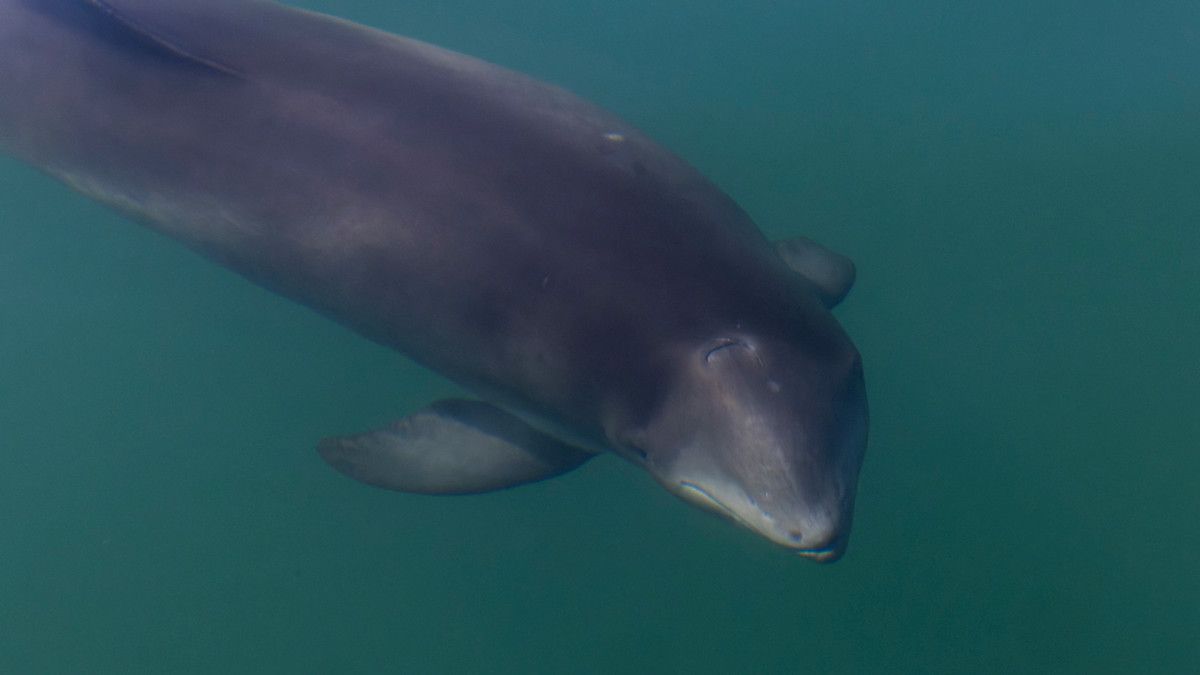It’s dinnertime in the North Sea, and you’re a hungry porpoise. Sadly, there’s no oceanic grocery store. What’s a famished sea creature to do?
That’s an excellent question, scientists say, because the harbor porpoise hides its eating habits well. This porpoise species is skittish, often swimming alone or in small groups. And though they live in coastal areas of the northern hemisphere, feeding during dives, their mealtime customs remain a mystery.
A study may sate our hunger for knowledge. It examined an odd phenomenon in the waters north of Germany. Here, thousands of strange pits litter the seafloor. Researchers watched as the holes appeared, merged, and vanished in just a few months, only for new ones to materialize. Consider it dinner theater for the curious scientist.
No neat and tidy polka-dots were these, instead varying widely in shape and size. Concentric circles, crescents, furrows, and even Venn diagrams—where two pits joined—cluttered the seabed. Despite a standard depth of merely 4 inches, the hollows stretched from several yards to 200-feet wide!
At first researchers thought that leaking underground methane could cause the pits. Now, however, they believe that for ravenous porpoises, the seafloor is an all-you-can-eat buffet. Small fish bury themselves in sediment, and harbor porpoises hunt them by sticking their snouts in the sand. This nose-first burrowing creates the pits, which strong ocean currents then reshape, and ultimately erode altogether.
It’s a novel idea, yet in the North Shore’s murky waters, no one has seen the harbor porpoise’s digging in action. More research is needed. But perhaps this shy porpoise will soon invite scientists for dinner.










